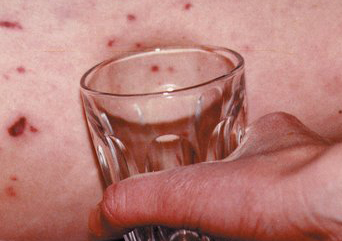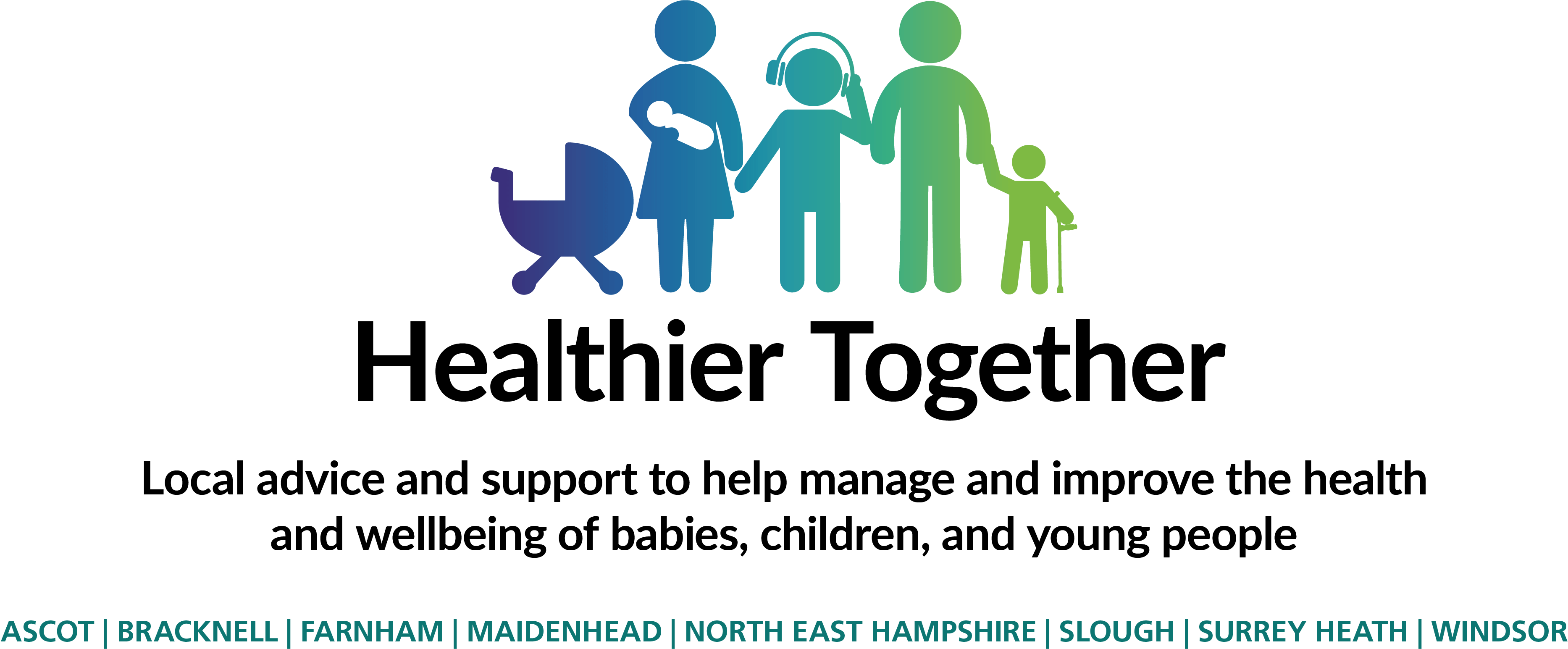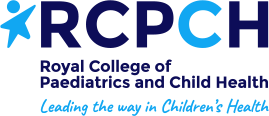Fever
When to worry?
If your child has any of the following:
- Breathing very fast, too breathless to talk, eat or drink
- Working hard to breathe, drawing in of the muscles below the ribs (recession), or noisy breathing (grunting)
- Breathing that stops or pauses
- Is pale, blue, mottled or feels unusually cold to touch
- Difficult to wake up, very sleepy or confused
- Weak, high-pitched cry or can’t be settled
- Has a fit (seizure)
- Has a rash that does not go away with pressure (the ‘Glass Test’)
- Under 3months and Temperature more than 38°C or under 36°C (unless fever in the 48 hoursfollowing vaccinations and no other red features)
You need urgent help
Go to the nearest Hospital Emergency (ED) Department or phone 999
If your child has any of the following:
- Is 3-6 months old with temperature 39°C or above (unless fever in the 48 hours following vaccinations and no other red or amber features)
- Temperature of 38°C or above for more than 5 days or shivering with fever (rigors)
- Temperature less than 36°C in those over 3 months
- Breathing a bit faster than normal or working a bit harder to breathe
- Dry skin, lips or tongue
- Not had a wee or wet nappy in last 8 hours
- Swelling of a limb or joint
- Not using or putting weight on an arm, leg, hand or foot
- Complaining of severe pain that is not improving with painkillers
- Poor feeding in babies (less than half of their usual amount)
- Irritable (Unable to settle them with toys, TV, food or hugs even after their fever has come down)
- Has had chickenpox in the past few days and is now getting worse with a high fever or spreading red rash
- Getting worse and I am still worried
You need to contact a doctor or nurse today
Please ring your GP surgery or call NHS 111 - dial 111
If symptoms persist for 4 hours or more and you have not been able to speak to
either a member of staff from your GP practice or to NHS 111 staff, recheck that your child has not developed any red features
If none of the above features are present:
- Watch them closely for any change and look out for any red or amber symptoms
- If your child has any other symptoms associated with their fever, you may want to look at the information on sore throat, cough, earache, diarrhoea and vomiting, tummy ache or our other pathways.
- If your child has a long term condition or disability and you are worried please contact your regular team or follow any plans that they have given you.
Self care
Continue providing your child’s care at home. If you are still concerned about your child, contact your GP or out of hours NHS 111 – dial 111 or for children aged 5 years and above visit 111.nhs.uk
Using the advice below you can provide the care your child needs at home
Keep checking your child for red and amber signs and seek help if they are there.
- Fever is a normal response that helps your child’s body to fight an infection.
- Fever is common in babies up to 48 hours after receiving immunisations - consider giving regular paracetamol. If your child is due their vaccinations, postpone until after their fever has improved.
- If your child seems unsettled or uncomfortable, you may wish to give your child Paracetamol or Ibuprofen.
- It can take 30 minutes for your child’s temperature to start to fall and for your child to start to feel better after taking paracetamol or ibuprofen.
- It can be normal for the temperature to go back up when the medicine wears off. Fever is a normal response that may help the body to fight infection and paracetamol/ibuprofen will not get rid of it entirely. Paracetamol and Ibuprofen bring down the temperature but do not treat the infection so whilst the child is unwell they will continue to get temperatures once the effects of the medication have worn off
- Avoid tepid sponging your child. It doesn’t actually reduce your child’s temperature and may cause your child to shiver.
- Encourage them to drink plenty of fluids. Offer them simple food and regular drinks. Where a baby is breastfed, continue breast feeding.
- If they are vomiting, offer small frequent drinks as this is more likely to stay down.
If you have given your child one of these medicines and they are still uncomfortable 2 hours later you could try the other medicine.
- There are different types of paracetamol for children of different ages including 2 different strengths of syrup - infant and Six plus. Always read the dose instructions carefully. You must wait at least 4 hours between doses. Do not give more than 4 doses in 24 hours.
- Ibuprofen is available in syrup and tablet form. Ibuprofen is not suitable for some children. If you are unsure whether your child can take ibuprofen, check with your pharmacist or doctor. Always read the dose instructions carefully. Don't give ibuprofen if your child has not had a wee in the last 12 hours. You must wait at least 6 hours between doses. Do not give more than 3 doses in 24 hours.
- If you need to keep your child away from nursery or school while they are unwell and have a fever please notify the nursery or school – see https://frimley-healthiertogether.nhs.uk/parentscarers/child-unwell-ok-go-nurseryschool for advice if you are unsure.
Most children with a fever do get better very quickly but some children can get worse. You need to regularly check your child during the day and also through the night and follow the advice given below.
- Fever is extremely common in children and usually suggests that your child has an infection.
- Your child has a fever if their temperature is over 38°C. The most accurate way of measuring your child’s temperature is with a digital thermometer.
- Viral infections are far more common than bacterial infections. Symptoms such as runny nose, cough, wheeze, sore throat, red eyes and diarrhoea are more suggestive of a viral infection than a bacterial infection. If a number of people are unwell in the same household, this also suggests a viral infection (because viral infections are easily spread).
- Viral infections tend to get better on their own and do not need treatment with antibiotics.

The Glass Test
Do the ‘glass test’ if your child has a rash. Press a glass tumbler firmly against the rash. If you can see the spots through the glass and they do not fade as you press the glass onto the skin then this is called a ‘non-blanching rash’. If you see this type of rash, seek medical advice immediately. The rash is harder to see on dark skin so check paler areas, such as palms of the hands, soles of the feet and tummy.
(Photo courtesy of the Meningitis Research Foundation 2013)



